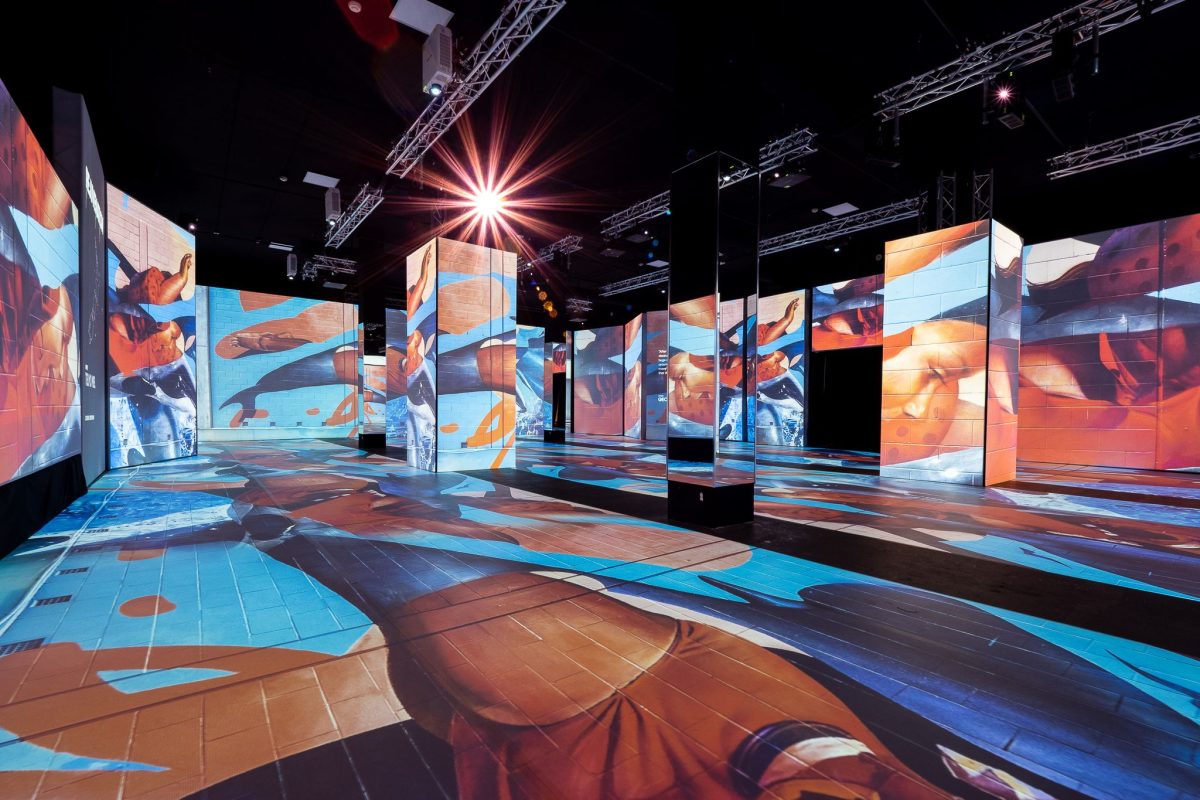There is no doubt that “digital” art is on the rise. Digital Art can include original art that is produced completely digitally. The digital version of the original art can be produced on a PC without using any paints, canvas or traditional media. Painter, Photoshop). Painter, Photoshop) Although the tools used to create digital artwork have been available for many years, they have seen a significant change in the past decade. These tools are now full of features which allow digital artists and designers to create art that was previously impossible. These tools keep improving. The irony is that improvements in software are often measured on how realistic the results can be. By how closely the digital result resembles that of a real brush. Digital art tools are marketed as having unique effects, but they do not. But digital artworks are without doubt creative, and they can be original, evocative, intriguing, and beautiful. The debate continues over whether “digital artwork” is “real” or not. If you are seeking to learn more about illusionary london, just go to the above website.
Is the skill and talent required to manipulate a piece of computer software comparable to true artistic talent? Why should art not convey something to its audience? Digital art can be generated randomly, as in fractals. In this case, if nothing is being communicated then how can the work be classified as art? Of course, it could be argued there is no difference between two equally stunning images – one that was created traditionally and another one that was created digitally. But art has never been just about a quick glance. It’s more about getting into the heart of the artist, and understanding what the painting is saying. Even the most simple of traditional abstract artworks has feelings and messages the artist wants to convey to the viewer. The perfection of digitally created work is another factor to take into consideration. It has been shown, for example, that even the most beautiful human faces contain slight imperfections. Perhaps, then, slight human errors in a painting create an unconsciously appealing appeal to viewers that is absent from digital works.
It is also important to distinguish between “real” art and “good” art. Digital Art does not automatically make a painting “bad”. Maybe in time Digital Art will become one of the widely accepted genres of the early 21st century. Creating art digitally is a legitimate and contemporary form of artistic expression. The software and digital tools require a high level technical knowledge to be used effectively. The medium provides a range of unique options that traditional media can’t match. The final product, be it a digital image, video art or installation, can evoke emotions in viewers, making it as real as traditional artwork. Despite the use of technology, the essence of the artwork still comes from the imagination and talent of the artist. The power and versatility of digital art tools allows artists to create effects, and combine techniques which were previously impossible with traditional media. Digital art, in short, is a creative endeavor that requires talent, creativity, and imagination. It should be recognized as an authentic form of artistic expression.





